| T O P I C R E V I E W |
| Vlad |
Posted - Apr 15 2014 : 09:32:52 AM
I'm very curious at to what camera is the author referring here in this article: "new variation of the camera that consists of a vertical built-in rangefinder coupled with the lens and a removable back pane"
Cheers,
Vlad. |
| 12 L A T E S T R E P L I E S (Newest First) |
| Jacques M. |
Posted - May 02 2014 : 03:23:30 AM
quote:
Originally posted by Luiz Paracampo
Hello Jacques!
I believe you did not forget prewar Contax II and Contax III, the Super Ikonta 6x6 (Two models) the Tenax 24x24 changeable model
The Foca was pioneer in another type of rangefinder developed for the Marine Nationelle where the internal optics pivoted vertially in the second axis.
Regards
LP
No, I had not forgotten these cameras! I have too much of these Contaxes...
I was just thinking of Leica and Leica clones cameras. Should have said it!
Jacques. |
| Luiz Paracampo |
Posted - May 02 2014 : 12:15:40 AM
The foca rangefinder
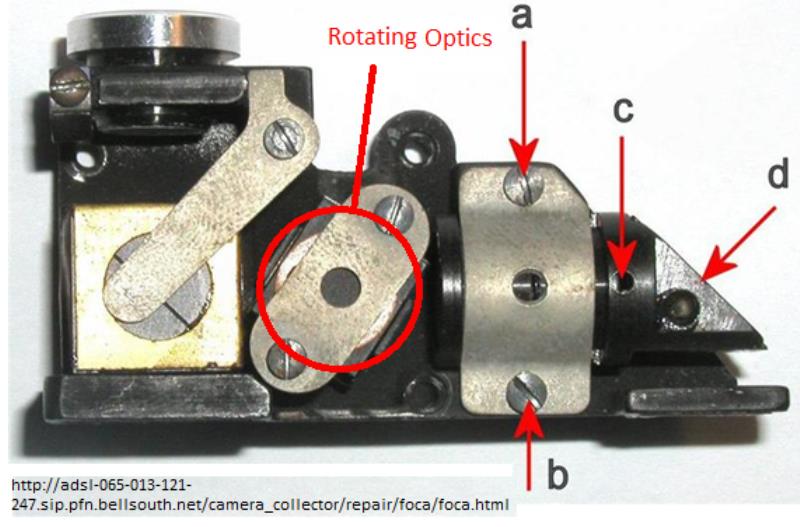
http://www.ussrphoto.com/UserContent/252014_foca prism.png
|
| Luiz Paracampo |
Posted - May 01 2014 : 11:49:19 PM
Hello Jacques!
I believe you did not forget prewar Contax II and Contax III, the Super Ikonta 6x6 (Two models) the Tenax 24x24 changeable model
The Foca was pioneer in another type of rangefinder developed for the Marine Nationelle where the internal optics pivoted vertially in the second axis.
Regards
LP |
| Jacques M. |
Posted - Apr 30 2014 : 11:14:12 AM
Thanks for the explanations about the rotating finder, Luiz.
I was referring to that:
"The designer of the Experimental Factory [VOOMP] comrade Medunetskiy is developing a new rangefinder that is combined with the viewfinder, allowing the framing of the shot and focusing at the same time. The “Leica” and “Contax” rangefinders have a very small field of view and because of that, after focusing the camera you need to catch the frame in the separate viewfinder. Because of this, the rangefinder by Medunetskiy is much more superior in speed of usage and simplicity in acquiring the photograph."
As far as I know, the first combined finder mass made on this principle was the Foca "two stars" made from 1945. And the Fed 2 in 1940 as a prototype... The first Leica is the M3 in 1954!
Jacques. |
| Luiz Paracampo |
Posted - Apr 30 2014 : 10:21:16 AM
more about rotating rangefinder
http://koujiyacamera.hamazo.tv/e195646.html
http://elekm.net/zeiss-ikon/nettax/
http://www.sovietcamera.su/src/Remont_foto_Yakovlev.pdf pages 39 to 62
|
| Luiz Paracampo |
Posted - Apr 30 2014 : 09:07:51 AM
Hello Jacques
The system in the ISO cameras are based in the counter-rotating prisma alresady used in Super Ikontas and Tenax Netax Super Nettel and some other zeiss cameras.like the top Movikon 16mm Model.
The great advantages are the smaller size and minimum parts allied with inposssible detune. Also the all prism construction gives minimum size error between both windows. Against, there are the cost and the needed manifacturing precision.
At least two Russian cameras used the process: The first was the 1939 Reporter, and after the war, the Moskva III, IV and V.
Regards
LP |
| Jacques M. |
Posted - Apr 29 2014 : 07:31:32 AM
The combined rangefinder/viewfinder is interesting. A pity it was not produced. The first camera with such a finder seems the Fed 2 prototype??
The removable back was not retained on Leicas (nor on Leica copies), though I have seen such a modified Fed NKVD for sale some years ago. Probably problems of rigidity of the belt, of precision and of leaks of light. The Contax/Kievs are much more "bulky" than Leica copies...
Many thanks for that article!
Amitiés. Jacques. |
| Luiz Paracampo |
Posted - Apr 21 2014 : 4:58:05 PM
Some Japanese câmeras with the same principle Ould be seen at:
https://www.flickr.com/photos/rebollo_fr/2166071495/in/photostream/
https://www.flickr.com/photos/rebollo_fr/2166071497/in/photostream/
https://www.flickr.com/photos/rebollo_fr/2166071491/in/photostream/
http://camerapedia.wikia.com/wiki/Ehira_Six_and_Astoria_Super_Six
https://www.flickr.com/photos/rebollo_fr/470008033/
https://www.flickr.com/photos/rebollo_fr/470008045/in/photostream/
https://www.flickr.com/photos/rebollo_fr/470008047/in/photostream/
http://camerapedia.wikia.com/wiki/Weha_Chrome_Six
Regards
LP
|
| Luiz Paracampo |
Posted - Apr 21 2014 : 3:53:02 PM
At Princelle's book as previously stated
This camera is a real Columbus egg. The rangefinder seems to be a modified version of counter rotating prisms applied on Super Ikonta or Nettax in reversed position
Japanese also used a similar systemin its Astoria which is a reversed Super Ikonta.
Geodesiya was later absorbed by KMZ but they had interesting Leica based own projects.
Regards.
LP |
| Vlad |
Posted - Apr 21 2014 : 11:00:54 AM
Thank you Luiz, I've never seen the Bilux camera before, and the removable back Geodezia is also new for me! Where is the Geodezia picture came from?
Thanks,
Vlad. |
| Luiz Paracampo |
Posted - Apr 20 2014 : 12:10:27 PM
and the Picture of the removble rear of Geodesiya
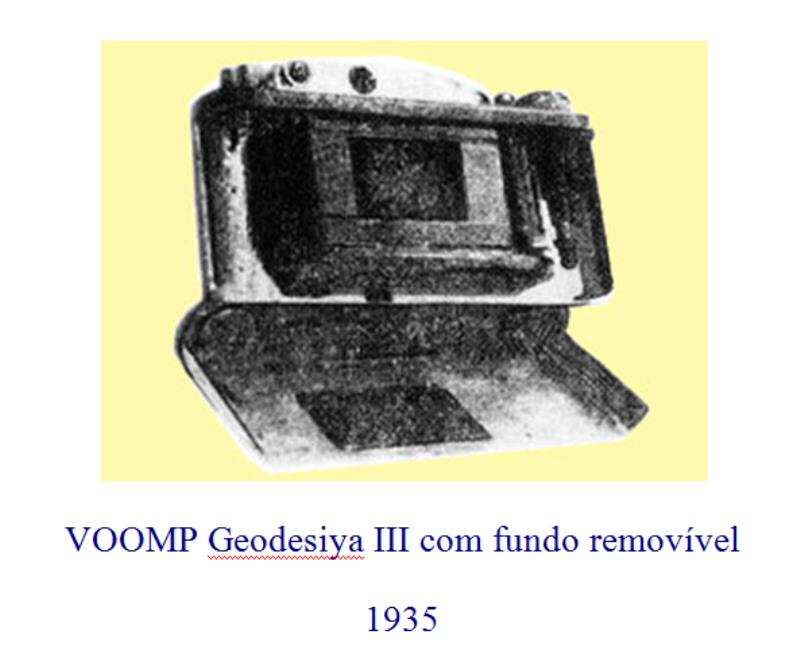
http://www.ussrphoto.com/UserContent/2042014_geodesia.png
Regrds
LP
|
| Luiz Paracampo |
Posted - Apr 20 2014 : 12:01:38 PM
Hey Vlad!
That also intrigued me....
The removable back on Geodesiya is shown at princelle's book.
but the vertical rangefinder is a very unique concept.they were used on the Italian ISO Lux cameras. Marco Antonneto, also Princelle in the 300 Leica copies and JPR also had demosntrated them.
This camera has also a extinction meter.
ISO = Industria Scientifica e Ottica Milano
http://www.topgabacho.jp/FI/ISO.htm
http://corsopolaris.net/supercameras/LeicaCopy/copieleicaIII.html
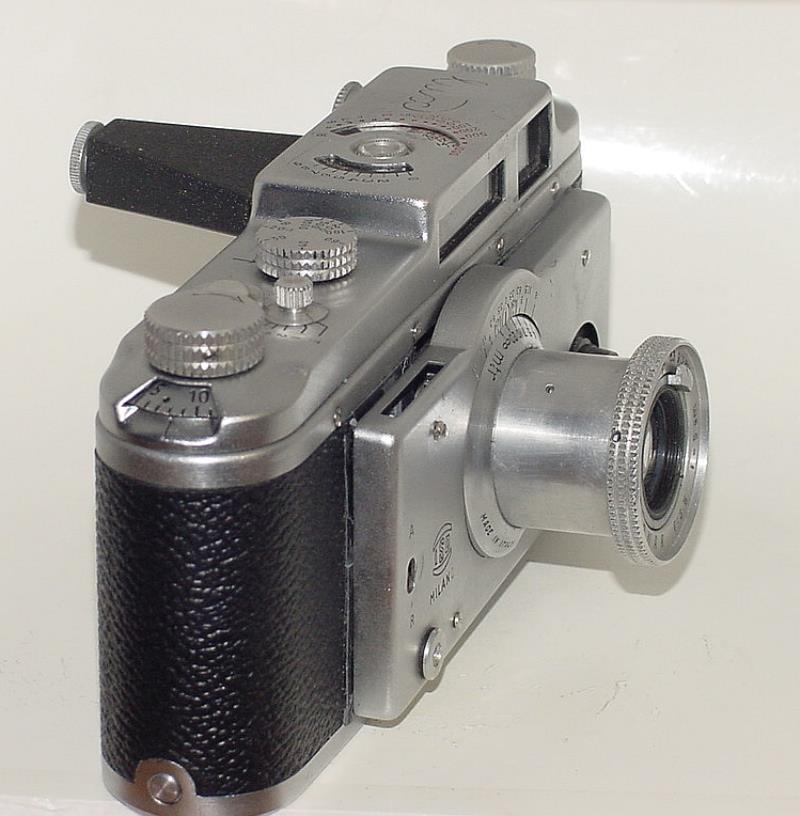
http://www.ussrphoto.com/UserContent/2042014_ISO BILUX1.jpg
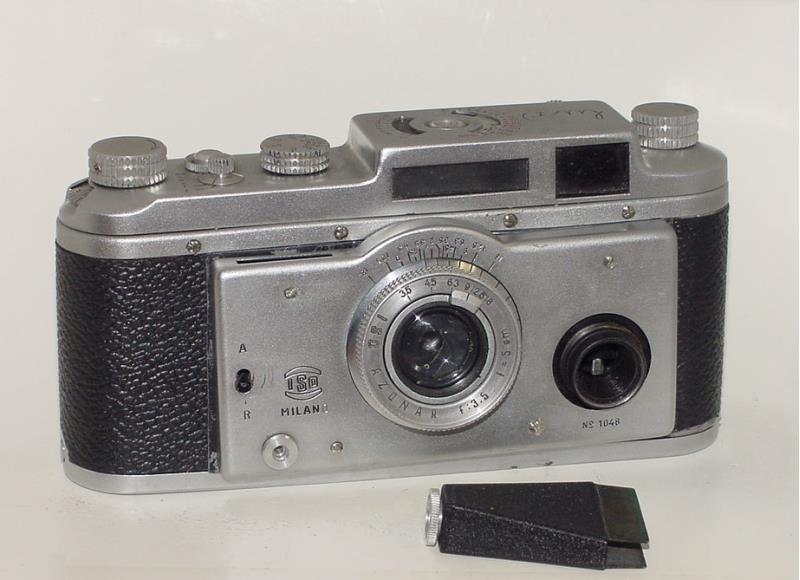
http://www.ussrphoto.com/UserContent/2042014_ISO BILUX2.jpg
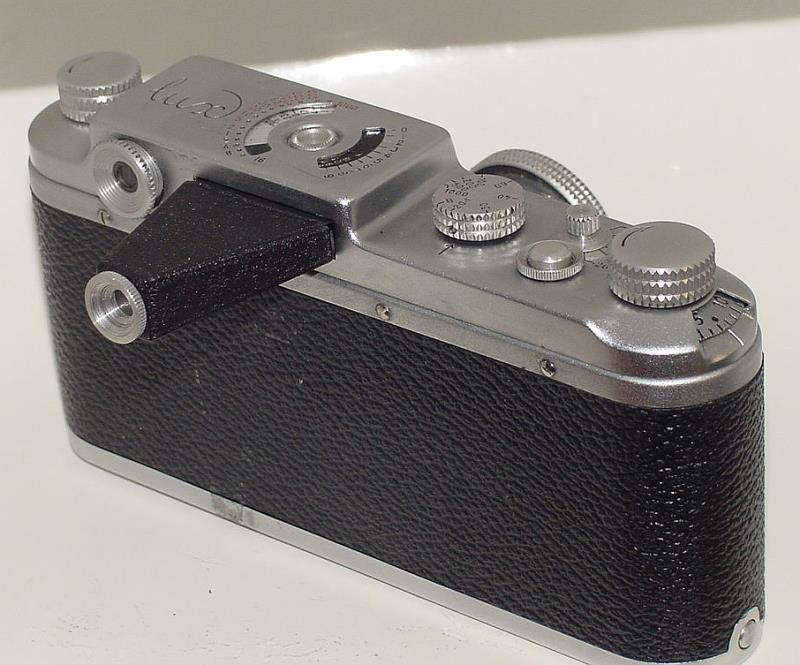
http://www.ussrphoto.com/UserContent/2042014_iSO BILUX3.jpg
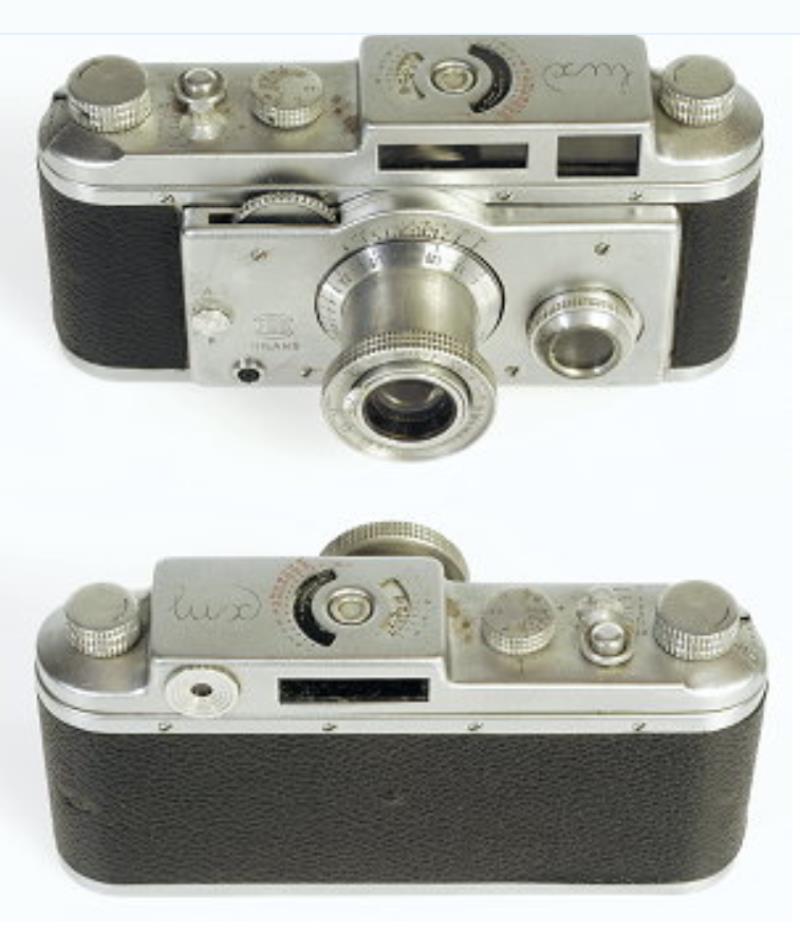
http://www.ussrphoto.com/UserContent/2042014_iso bilux4.png
[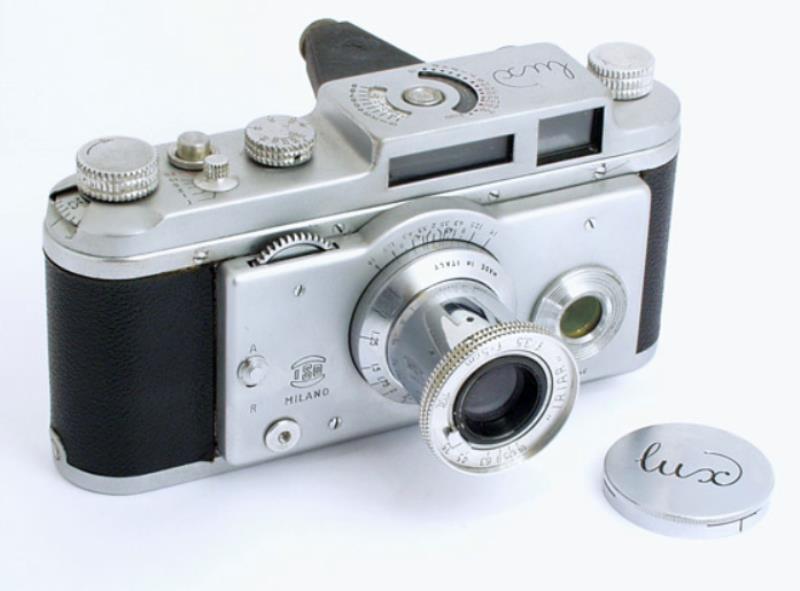
http://www.ussrphoto.com/UserContent/2042014_iso bilux5.png
|
